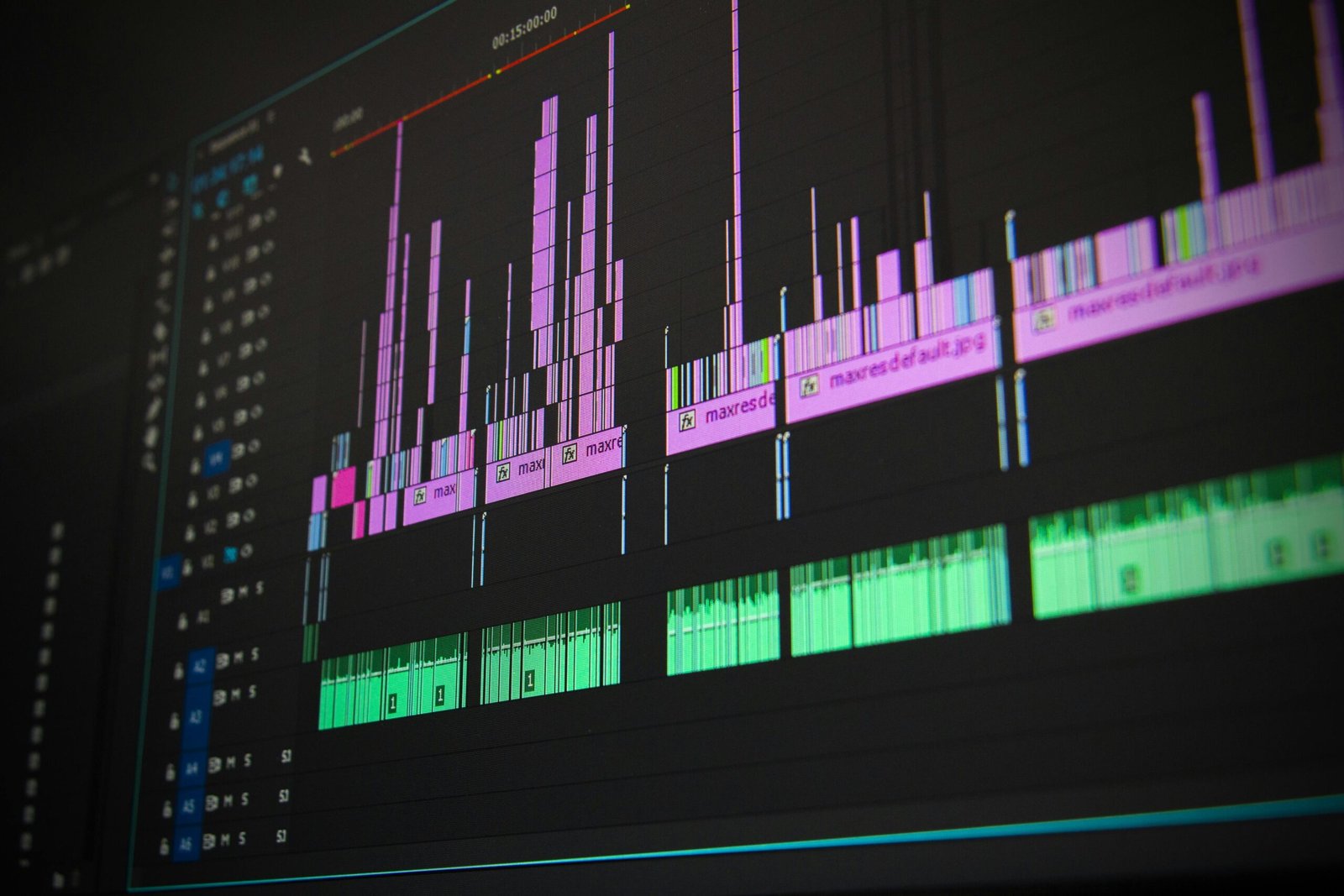Using copyright free music is the best way to go about video content creation. Creating engaging and captivating videos often requires the perfect soundtrack to complement the visuals. However, finding the right music for your videos can be challenging, especially when considering copyright issues. Fortunately, there are several ways to source copyright-free music for your video projects. In this guide, we’ll explore various methods for finding and using copyright-free music to enhance your videos without infringing on any legal rights.
1. Royalty-Free Music Libraries
There are numerous online platforms that offer royalty-free music libraries where you can find a wide range of music tracks that can be used in your videos without worrying about copyright issues. Websites like Epidemic Sound, Artlist, and Soundstripe provide high-quality music tracks that are cleared for use in video projects, typically through a subscription-based model.
2. Creative Commons Licensed Music
Creative Commons (CC) is a non-profit organization that provides free licenses and tools that enable creators to share their work with the world. You can explore platforms like CC Mixter, Free Music Archive, and Jamendo to find music that is licensed under Creative Commons. Depending on the specific CC license, you may be required to provide attribution to the original artist when using the music in your videos.
3. YouTube Audio Library
If you’re creating content for YouTube, the YouTube Audio Library is a valuable resource for finding music tracks and sound effects that are free to use in your videos. The library offers a wide selection of high-quality music across various genres, and you can easily download and use the tracks in your YouTube videos without worrying about copyright claims.
4. Public Domain Music
Public domain music refers to music that is not protected by copyright and is free for anyone to use for any purpose. Platforms like Musopen and Public Domain 4U offer a collection of classical and traditional music that is in the public domain. When using public domain music, you have the freedom to modify, distribute, and use the music without any restrictions.
5. Create Your Own Music
If you have the musical inclination and the necessary skills, create your own music for your videos. This is an interesting way to ensure that you have original, copyright-free music. With the help of digital audio workstations and virtual instruments, you can compose and produce music that suits your video content.
It’s essential to review the specific terms and conditions associated with each music track or library to ensure compliance. Additionally, always give credit to the original artists or creator. A content creator should always be mindful of any usage restrictions outlined in the licensing agreements.
6. Using MP3 File Download Blogs to Source Copyright Free Music
While MP3 file download blogs may seem like a convenient source for music, it’s important to exercise caution when sourcing copyright-free songs. Many MP3 download blogs may not have clear information about the copyright status of the music they offer. Morever, some may even distribute copyrighted material illegally. It’s crucial to verify the legitimacy and copyright status of the music before downloading from such blogs. This way, you ensure that you are not inadvertently infringing on copyright laws. It’s generally safer to use reputable royalty-free music libraries, Creative Commons platforms, or public domain archives. Never use music that is not cleared for use in video projects.
FAQs
Q: Can I use copyright-free music for commercial projects?
A: In most cases, you can use copyright-free song for commercial projects, but it’s important to review the specific terms of the licensing agreements. Some royalty-free music libraries and Creative Commons licenses may have limitations on commercial use. This is why it is important to understand the usage rights associated with the music you intend to use.
Q: Do I need to credit the original artists when using copyright-free songs?
A: The requirement to provide attribution or credit to the original artists depends on some factors. The most important being related to the specific licensing terms of the music. Some Creative Commons licenses and certain royalty-free music libraries may require you to give credit to the original creators. Always review the licensing terms to determine if attribution is necessary.
Q: Can I modify copyright-free songs to fit my videos?
A: Depending on the licensing terms, you may be able to modify copyright-free music to fit your videos. However, it’s crucial to review the specific terms of the license. This way, you would ensure that you are allowed to make modifications or adaptations to the music tracks.
Q: Are there any restrictions on the platforms where I can use copyright-free music?
A: The platforms where you can use copyright-free music may vary based on the specific licensing terms. While many royalty-free music libraries allow you to use the music across various platforms, it’s important to review the terms to ensure compliance with the intended use of the music in your videos.
Conclusion
The route in video content creation is to leverage the resources available through royalty-free music libraries. You can also try out the Creative Commons platforms, public domain archives, and your own creative abilities. Sourcing your own copyright-free music can elevate the impact of your video content.




